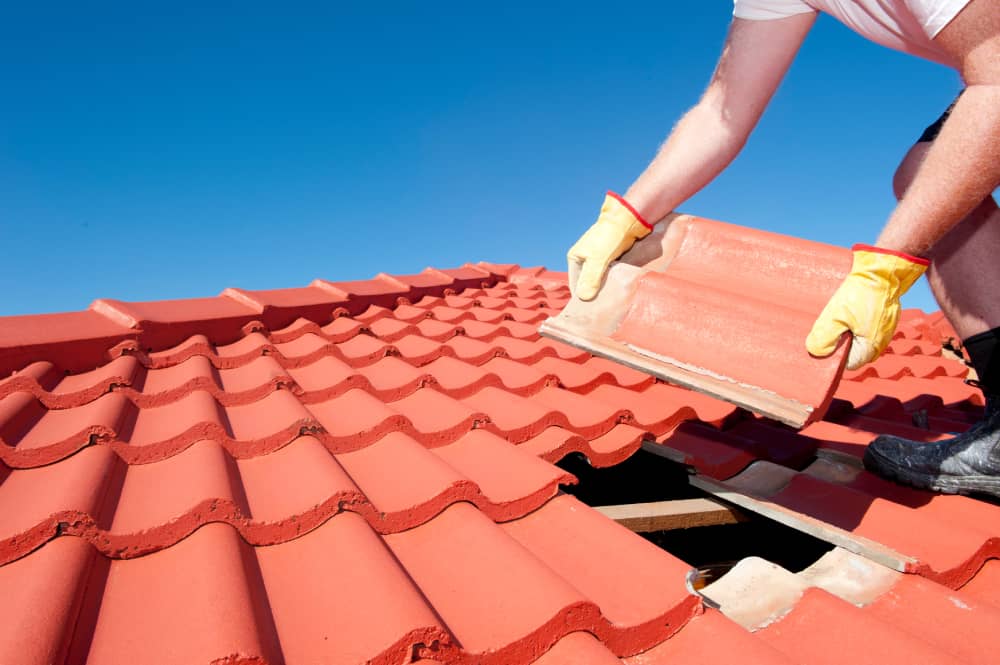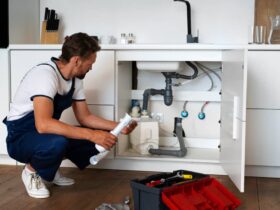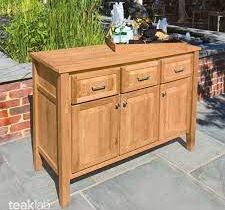A residential fire is a frightening and painful event. Certain incidents do very little structural damage, while others completely burn the house. While every fire is devastating, many families are still fortunate to be left with enough assets to repair the affected areas and resume normal living.
Fire Damage Repair and Restoration
Once the fire is out and everybody is safe, call your insurance provider to report the incident and observe the prescribed procedures. The more quickly you respond, the more money you could save.
Here are other tips you should follow in restoring your home after a fire:
1. Contact a Professional Restoration Company
A competent restoration firm being on-site promptly following a fire is critical to start preventive efforts and ensure the home is safe to still be in. Numerous dangers may arise as a result of a home fire, and restoration firms, like SERVPRO of Southwest Dallas and others, are well-versed in dealing with all of the implications of such fires.
A fire may compromise a home’s structural stability. It may consume structural supports. Because of that, entering a house after a fire is highly hazardous and must be done by a qualified expert. Allow a professional to examine the house first to make sure it’s safe. They’ll look for structural problems, open electrical cables, and weak areas in the flooring, among other things.
Regardless of the fire repair suggestions you may have received, you don’t have the required expertise to evaluate the property’s suitability for reoccupation. The restoration expert will validate if the house is safe to return to.
2. Reduce The Damage
Even after the flames are out, smoke and soot may still cause harm. You must take extreme caution when it comes to soot stains and mold. You should also check on the air quality inside the house after the fire.
Soot stains may still be fully removed depending on the nature of the material and the length of time that has passed. In certain instances, it may create a lasting stain. Metals and wood are some of the most reactive materials. Experts will inspect these items in the house and restore them correctly to prevent harm.
Molds may become an issue as a result of the fire extinguishing procedure. They may grow rapidly without you even noticing it. That’s why you should check for any indications of water damage even though there’s no visible mold.
Air quality is a significant issue after a fire. It should be among the things an expert should concentrate on if any residual smells are detected. The first step in repairing smoke damage is to purify the air.
3. Remove Soot, Water, And Debris
After the property has been declared safe to access, it’s important to remove any pollutants that may taint or damage your possessions. Eliminating soot and other particles improves air quality and reduce smells, making the job more pleasant and safe.
Additionally, the water used to extinguish the fire may pool on floors and soak walls. Eliminating stagnant water will improve the drying process and prevent the growth of molds. The use of industrial humidifiers may also help absorb moisture in the air to avoid additional damage.
Ventilation devices, such as an air scrubber, may be used to filter any pollutants or smells that may be present in the air. Restoring a fire-damaged house is a big task to undertake, and working with polluted air is hazardous.
4. Remove Any Personal Belongings
The next thing to do is to remove any personal belongings that are irreparably destroyed. Any unrepairable items must be taken out of the site. However, further caution must be employed when removing electrical equipment and devices since they may still hold electricity even when disconnected.
It may also be essential to remove things from the house that the fire doesn’t seem to have harmed. This will minimize future contamination of the items.
5. Evaluate The Damage

Now that your house is somewhat clean, you may assist the repair experts in determining the extent of the damage. Assess what could be saved or restored in cooperation with the professional.
Take into account the item’s price, usability, and emotional significance. Spend no money repairing anything that can be simply replaced. Maintain a list of things that are irreparable. It will support the insurance claim process.
If any goods, like furniture, seem to be in good condition, it is better to take them away from home. You may have them repaired off-site and returned after the house repair is complete. Off-site repair is ideal for smaller, easily transportable objects.
If your home is beyond repair, it may be time to rebuild or restructure it. If it’s salvageable and you want to reconstruct it, consult a contractor about the planned structure. Current construction regulations may also compel you to make unanticipated but desirable structural modifications, such as seismic retrofits.
6. Deodorize And Deep Clean
After removing all unrepairable objects, it’s now time for the thorough cleaning to start. The house restoration experts would apply specialized cleaning products and techniques depending on the kind of item being restored and the severity of the problem. They’ll consult with you to identify any high-priority issues that need special attention.
7. Record The Whole Process
One essential task you have to do throughout the fire restoration process is to record the actions you perform to repair your house to its pre-fire condition. Although restoring is a costly and laborious process, you may be eligible for support and insurance.
Take many pictures of the damage and the repair procedure. Maintain a file with pricing estimates, invoices, and any other documentation you get. This documentation may be required by your insurance provider and repair contractor. Everything will run more smoothly if documentation is more structured and accessible.
Bottom Line
While it may be difficult to fully undo the effects of a fire accident on your household, experts may at least assist you in getting your home and possessions right in place. Partnering with a fire repair contractor may help the process go more smoothly. An expert can point you in the right direction and respond to questions regarding the restoration procedure.














